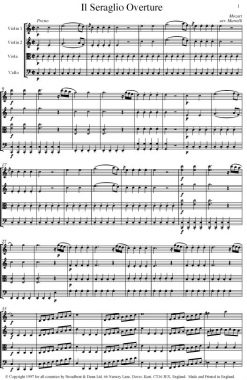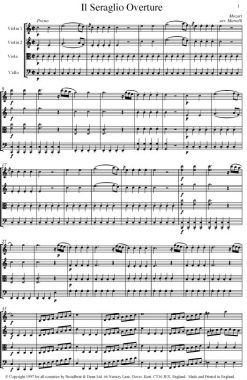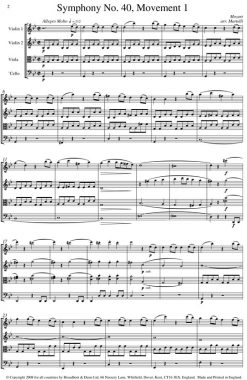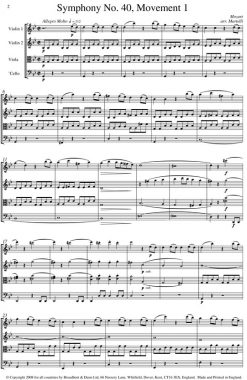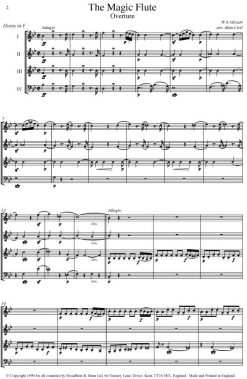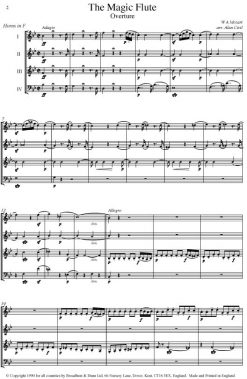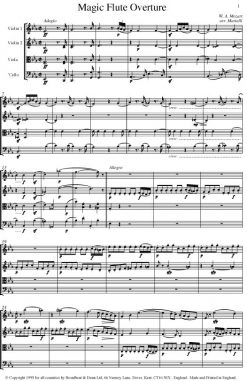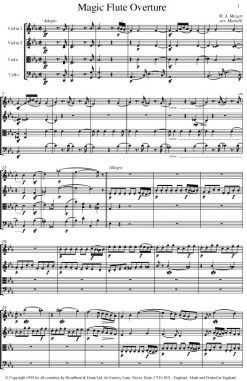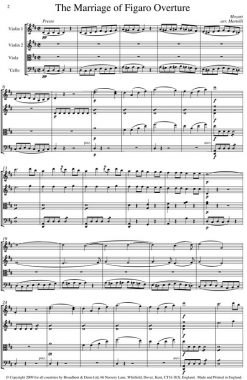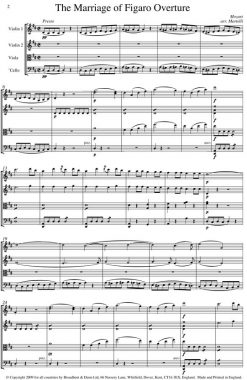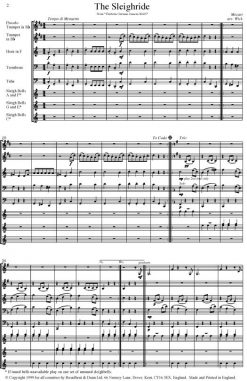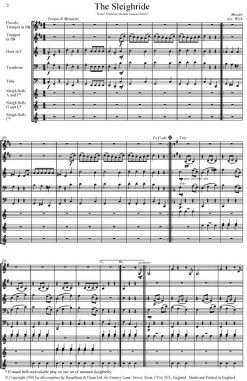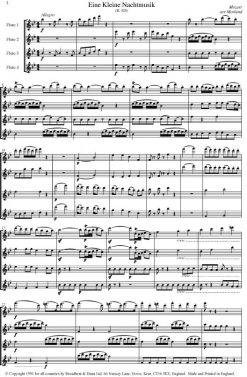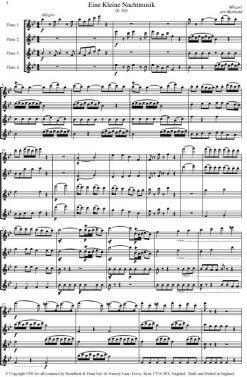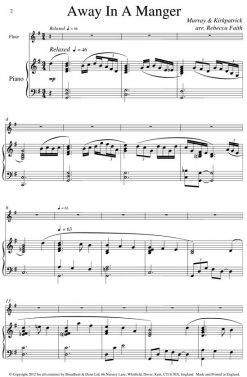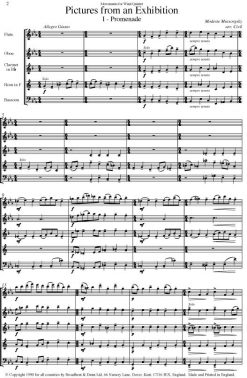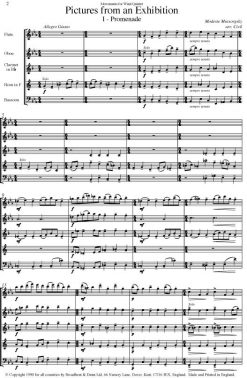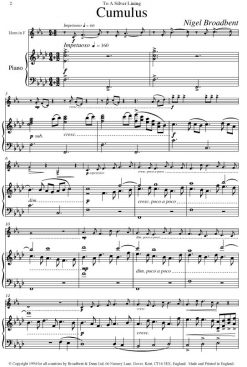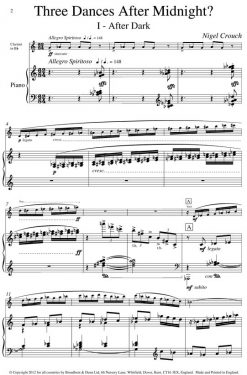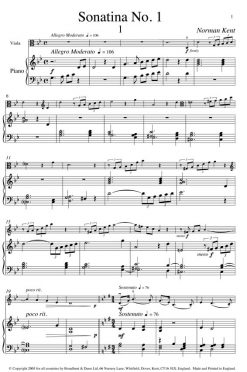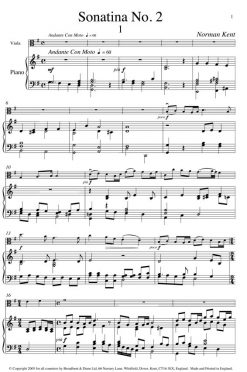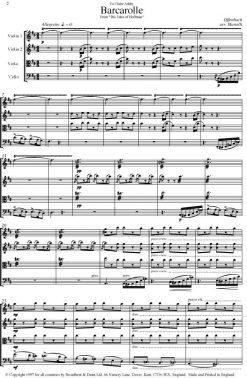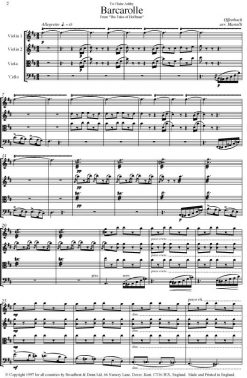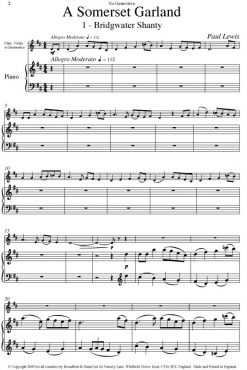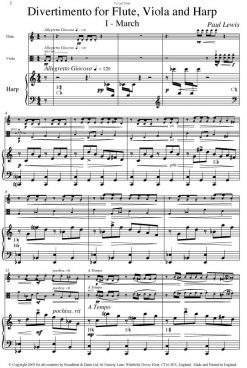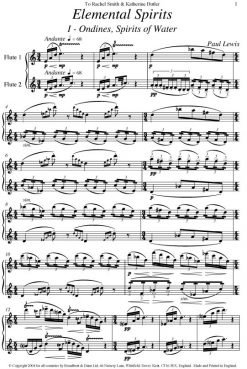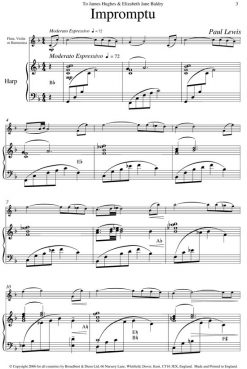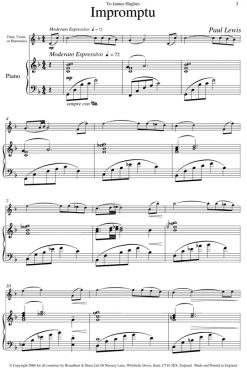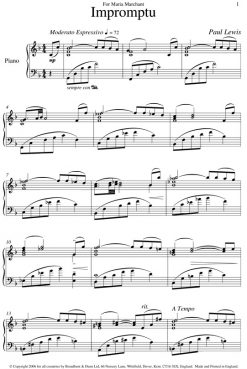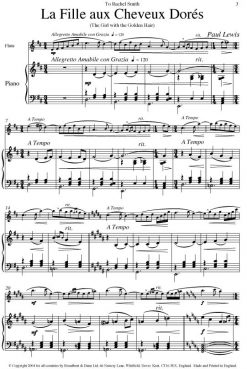Mozart, Wolfgang Amadeus
Mozart – Il Seraglio Overture (String Quartet Parts) – Parts Digital Download
Mozart, Wolfgang Amadeus
Mozart – Il Seraglio Overture (String Quartet Score) – Score Digital Download
Mozart, Wolfgang Amadeus
Mozart – Symphony No. 40 Movement 1, K550 (String Quartet Parts) – Parts Digital Download
Mozart, Wolfgang Amadeus
Mozart – Symphony No. 40 Movement 1, K550 (String Quartet Score) – Score Digital Download
Mozart, Wolfgang Amadeus
Mozart – The Magic Flute Overture (String Quartet Parts) – Parts Digital Download
Mozart, Wolfgang Amadeus
Mozart – The Magic Flute Overture (String Quartet Score) – Score Digital Download
Mozart, Wolfgang Amadeus
Mozart – The Marriage of Figaro Overture (String Quartet Parts) – Parts Digital Download
Mozart, Wolfgang Amadeus
Mozart – The Marriage of Figaro Overture (String Quartet Score) – Score Digital Download
Brass Quintet
Brass Quintet
The first movement After Dark has been a Trinity College London Grade 7 Exam Piece since November 2022
Three Dances After Midnight? is a work that displays much of the clarinet's unique character. The first movement is positive with fast lyrical lines, punctuated with accented chromatic figures. The second movement has a long unfolding melody in a slow waltz style, melancholic and reflective in mood. The third movement is playful and quirky with an American influence, and concludes with a klezmer style passage leading to the final rhythmic ending. This work provides the opportunity for the performer to display a rounded technique where fast passagework, characterful articulation and soft lyricism create an ever changing interplay. The gripping opening of After Dark, the gentle melancholy of Before Dawn and the energetic style and bravura climax to Anytime You Like make this an ideal addition to the concert repertoire as well as examination and audition requirements, while the piano is also very much an equal partner throughout the piece.
Three Dances After Midnight? has been recorded on the album Under The Influence with Max Welford on clarinet and Marcus Andrews on piano.
Offenbach, Jacques
Offenbach – Barcarolle from The Tales of Hoffmann – (String Quartet Parts) – Parts Digital Download
Offenbach, Jacques
Offenbach – Barcarolle from The Tales of Hoffmann – (String Quartet Score) – Score Digital Download
Flute & Piano
Paul Lewis – A Somerset Garland (Flute, Violin or Harmonica & Piano) – Digital Download
Arrangements of Somerset folk songs to give them a new lease of life and introduce them to audiences who might never otherwise hear them. Very popular with audiences, its individual movements are useful as fillers or encores. Martock Jig and Langport March are also playable on Piccolo. It is a very direct and enjoyable work and is also versatile, with versions for flute, violin or harmonica with piano accompaniment. The original harmonica version is very idiomatically written by the composer, who was long associated with the late great virtuoso Tommy Reilly. It is folk material very well suited to the instrument. For teaching studios, conservatories, libraries, amateurs and professionals. The last movement of this work Langport March was a Trinity College London Grade 5 Exam Piece for Flute between 2007 and 2022.
Flute, Viola & Harp
Paul Lewis – Divertimento (Flute, Viola & Harp) – Digital Download

